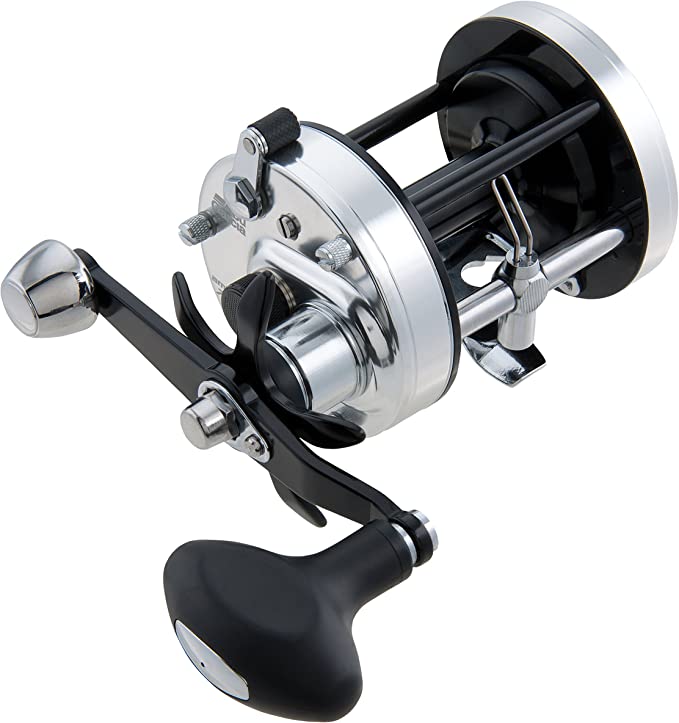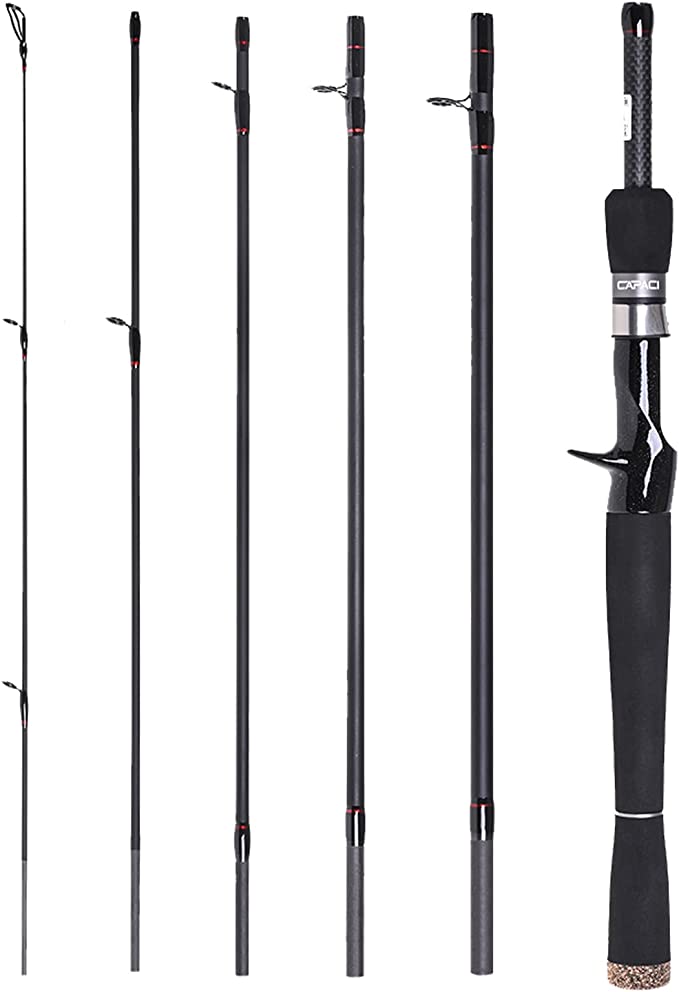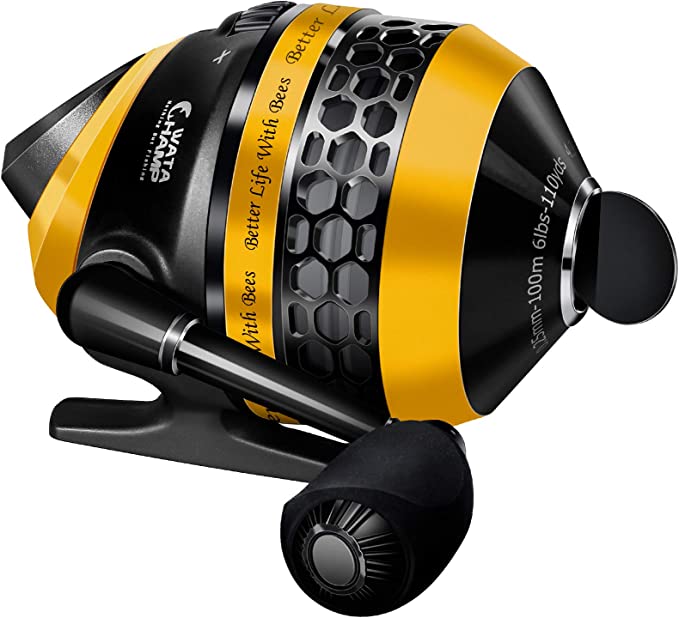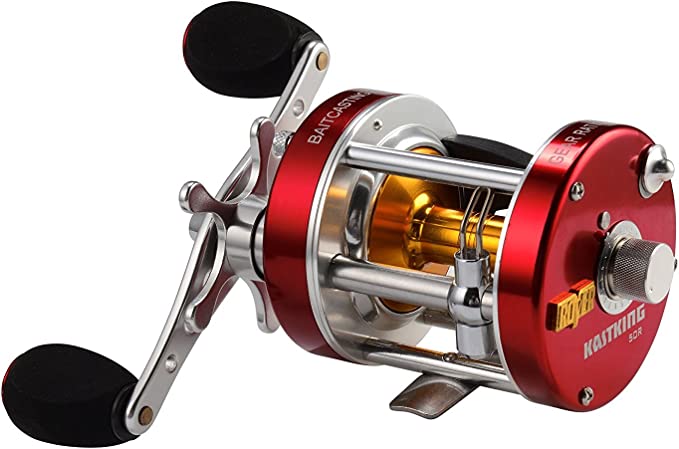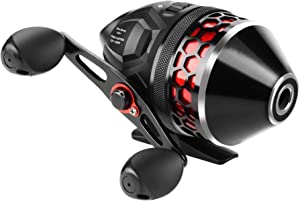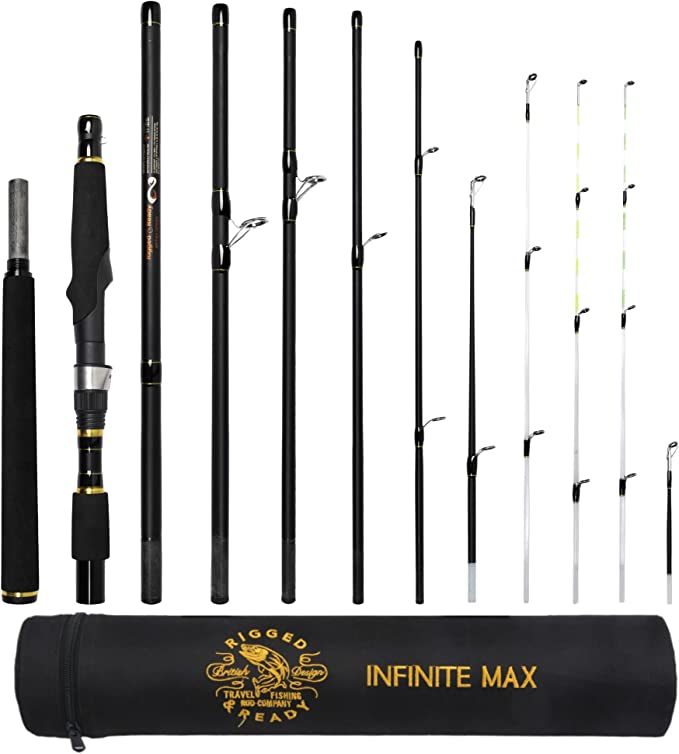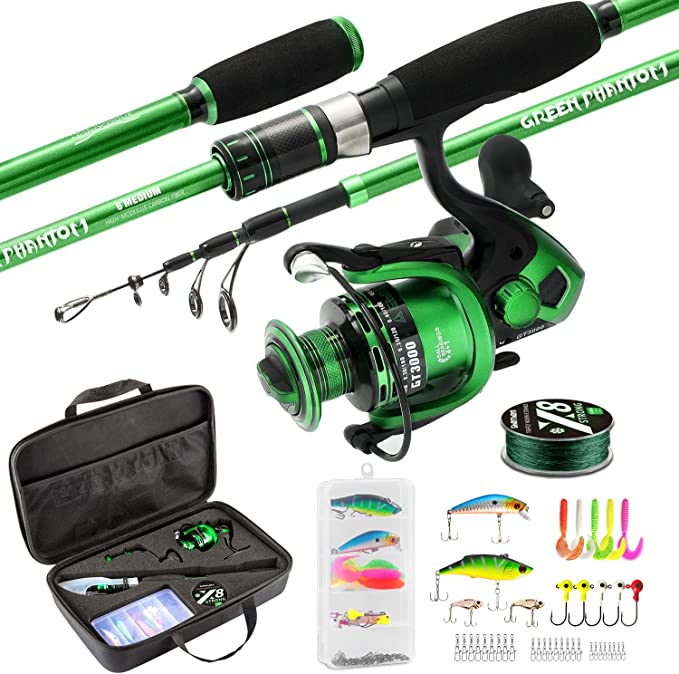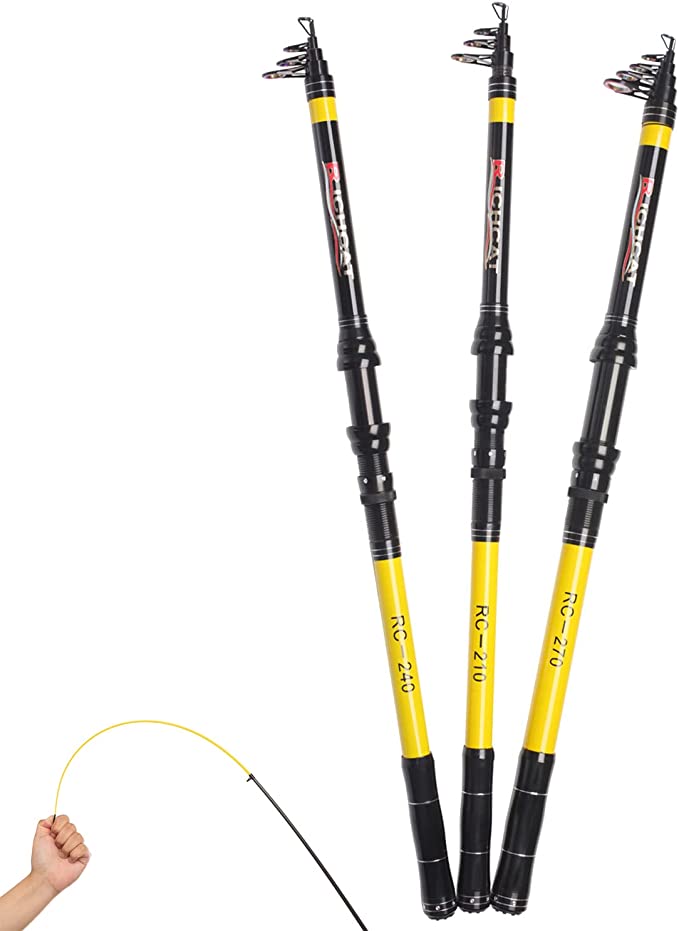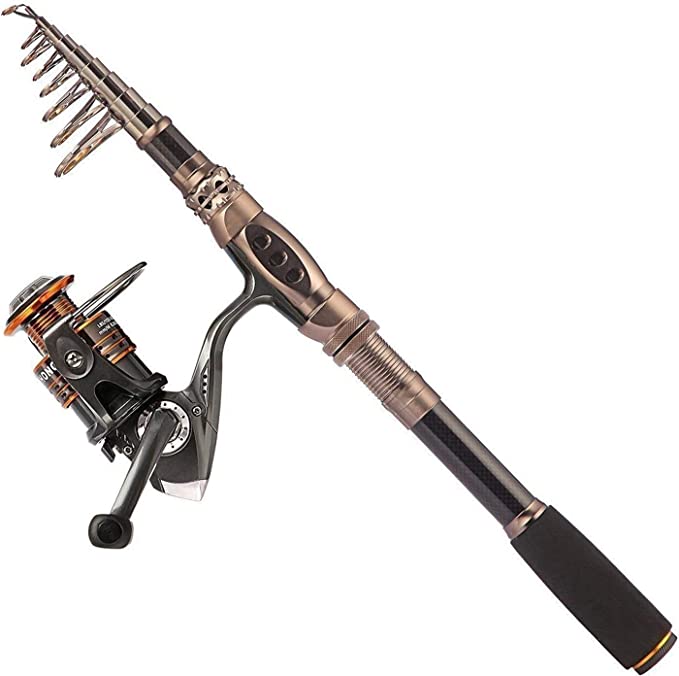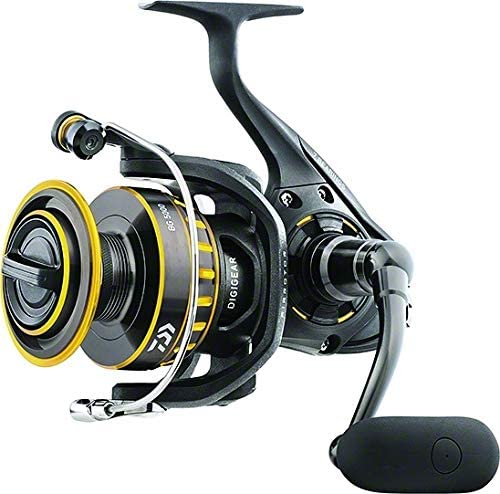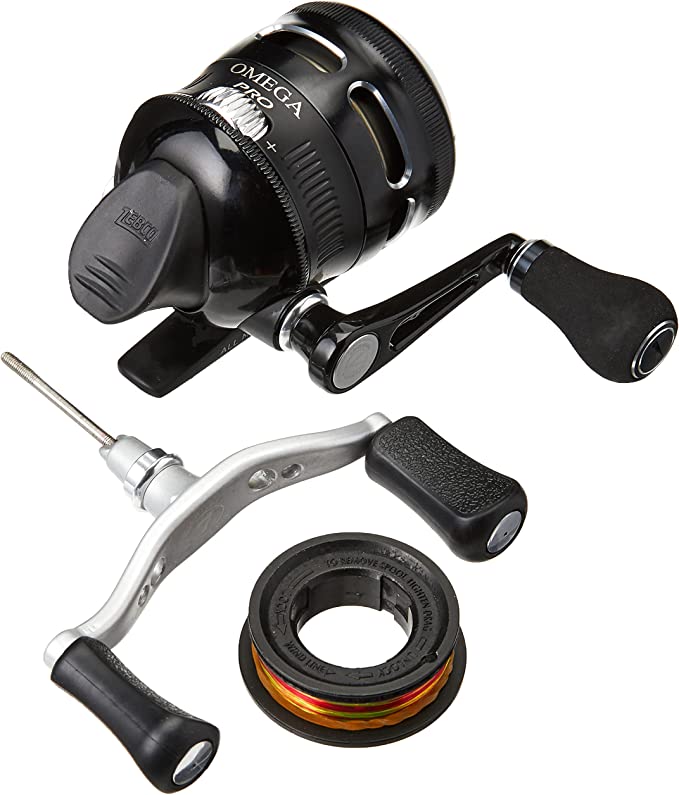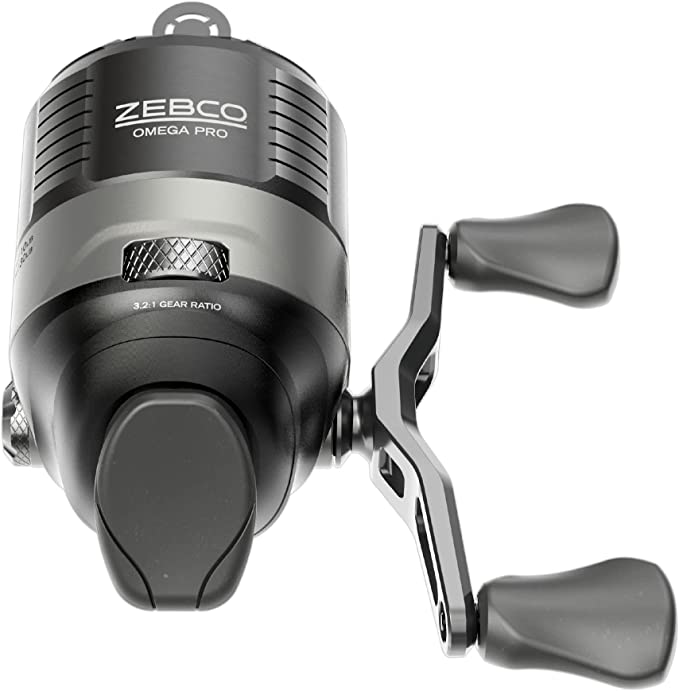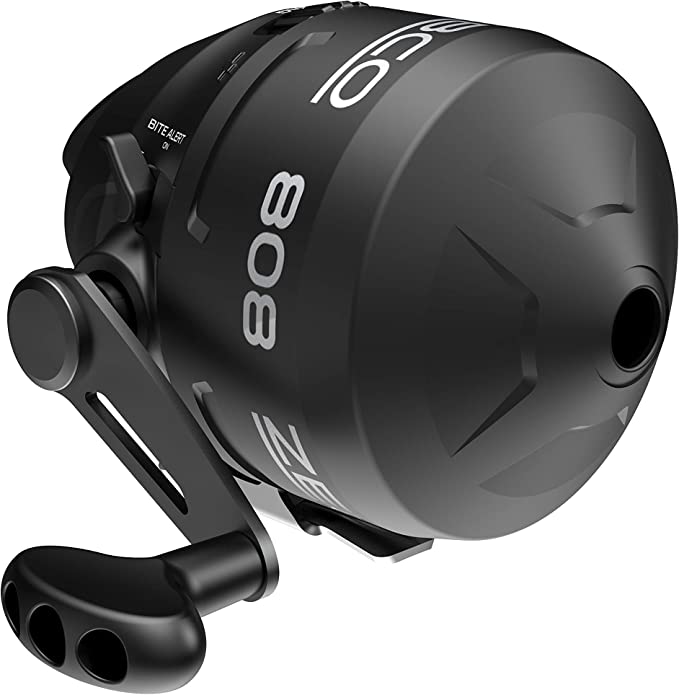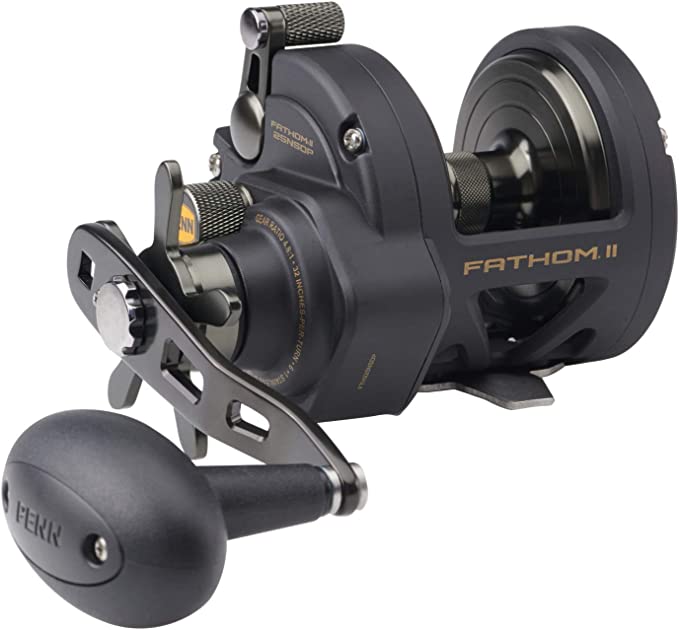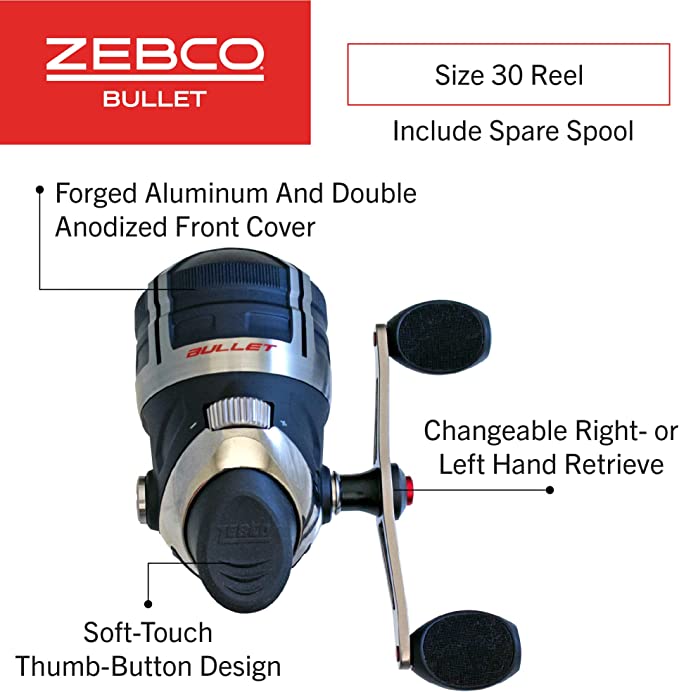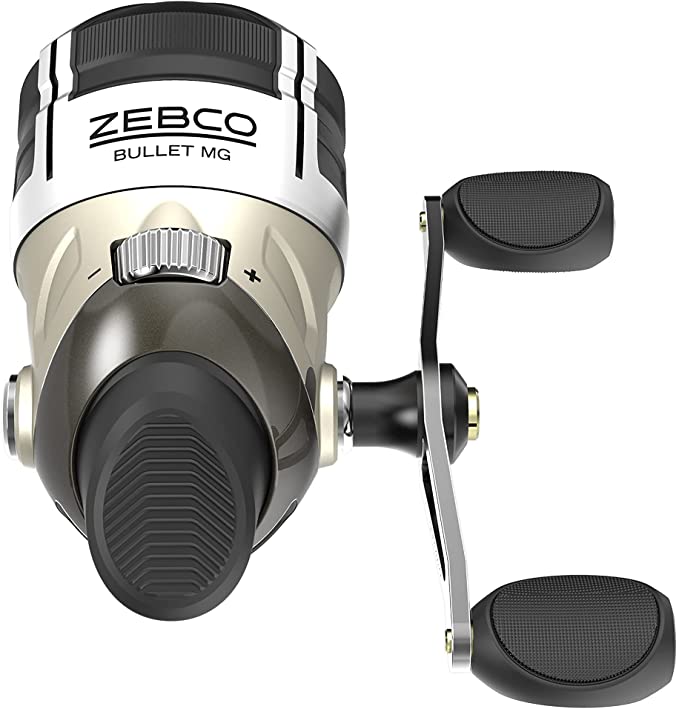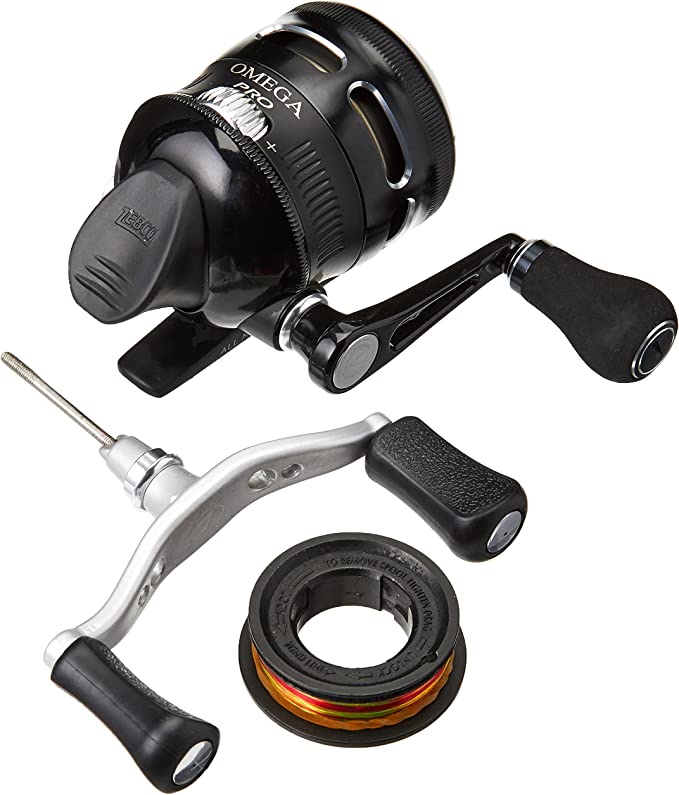Daiwa SALTIST20H In-Depth : The Applied Science of a Saltwater Workhorse
Update on July 31, 2025, 5:42 p.m.
In the world of saltwater angling, equipment is subjected to a trial by two unforgiving elements: the immense, unpredictable power of marine life and the insidious, relentless chemistry of the sea itself. Gear failure is not merely an inconvenience; it can be the heartbreaking end to a long-awaited battle. It is in this theater of conflict that true engineering reveals its worth. The Daiwa SALTIST20H Saltist Star Drag reel is more than a tool for retrieving line; it is a meticulously crafted system of solutions, a mechanical treatise on how to defeat the ocean’s harshest challenges. To truly appreciate it, one must look past the polished exterior and dissect the science at its core.

The Unseen Enemy: Conquering Corrosion with Material Science
Before a fish ever strikes, a reel is already in a fight for its life. Saltwater is a potent electrolyte, eagerly seeking to initiate galvanic corrosion and break down metals. The defense against this pervasive threat forms the very foundation of the SALTIST20H’s design.
The primary structure is not merely cast but precision-machined from a solid block of aluminum. This CNC (Computer Numerical Control) machining process yields a frame with superior structural integrity and tighter tolerances compared to molten casting, creating a rigid, unyielding housing for the critical components within. But even aluminum succumbs to the sea. The true armor is the reel’s anodized finish.
Anodization is a marvel of applied electrochemistry. The aluminum frame is submerged in an acid bath and an electrical current is passed through it, forcing the surface to oxidize in a highly controlled manner. This process doesn’t add a layer of paint; it grows an integrated layer of aluminum oxide (Al₂O₃)—a substance chemically similar to sapphire. This microscopically thin “armor” is incredibly hard, profoundly resistant to abrasion, and most importantly, chemically inert. It forms a non-conductive barrier that physically and electrically isolates the structural aluminum from the corrosive chloride ions in seawater, effectively halting corrosion before it can begin.
This defense extends to the reel’s most dynamic parts: the bearings. The “4 CRBB” designation signifies four Corrosion Resistant Ball Bearings. Unlike standard stainless steel, which can still pit and rust in saline environments, these bearings undergo a specialized passivation process that forms a much more robust protective layer on the steel’s surface. This, combined with their sealed design, ensures that the heart of the reel’s smooth operation remains protected from salt, sand, and grime, maintaining its fluid performance season after season.

The Brute Force: Taming Power with Mechanical Engineering
When a formidable opponent like a yellowtail or lingcod decides to run, the reel transforms from a casting instrument into a winch and a brake. Its ability to manage this transition is a function of pure physics and smart mechanical design.
The “H” in SALTIST20H stands for “High Speed,” quantified by its 6.4:1 gear ratio. This figure means for every single revolution of the handle, the spool turns 6.4 times. For an angler employing techniques like vertical jigging or retrieving a surface iron at speed, this is paramount. It allows for the rapid line recovery needed to impart darting, frantic action to a lure and instantly take up slack to drive a hook home. However, speed is inversely proportional to torque, or cranking power. This is a deliberate engineering trade-off, prioritizing fast retrieves for specific applications.
The counterbalance to the fish’s power is the star drag system, capable of exerting up to 25 pounds of pressure. This is not just a number; it is a significant braking force. The mechanism translates the rotational input of the star-shaped dial into linear, axial pressure on a stack of drag washers. In the SALTIST20H, these are carbon fiber washers. Carbon fiber is the material of choice for high-performance braking systems due to its exceptional thermal stability. As a fish makes a long, powerful run, friction generates immense heat. Lesser materials can glaze over or lose their consistency when heated, resulting in a jerky, unreliable drag—a primary cause of snapped lines. Carbon fiber maintains a consistent coefficient of friction across a wide temperature range, ensuring the drag remains buttery smooth and predictable from the first second of the run to the last.
The Art of the Cast: The Pursuit of Frictionless Freedom
Power and durability are meaningless if the angler cannot effectively present the bait or lure. The SALTIST20H is built around the principle of maximizing casting distance and control, achieved by ruthlessly eliminating friction. The core of this is its true freespool design. When the clutch is disengaged, the spool is completely decoupled from the gear train. This allows it to spin with minimal inertia and parasitic drag, translating into longer, more effortless casts, which is critical when trying to reach a distant boil or present a live bait naturally.
Notably, the reel lacks a level-wind mechanism—the oscillating guide that automatically lays line evenly across the spool. This is not an oversight but a conscious design choice aimed at the experienced angler. A level-wind system, by its nature, introduces multiple points of friction during a cast as the line passes through the guide. By omitting it, the design prioritizes absolute maximum casting performance and removes a complex mechanism that could potentially fail under the harsh conditions of saltwater use. It places full control of line management in the hands of the angler, a trade-off many purists are happy to make for enhanced distance and a more robust, simplified system.

A Symphony of Systems, Forged into Confidence
Viewing the Daiwa SALTIST20H through an engineer’s lens reveals that it is far more than the sum of its parts. It is an integrated symphony of systems. The material science of the anodized body provides the durable stage upon which the mechanical engineering of the high-speed gears and heat-resistant drag can perform. The minimalist, purist approach to the freespool design ensures that the power within can be deployed with precision and distance.
Ultimately, what this meticulous engineering forges is not just metal and carbon fiber, but confidence. It’s the confidence to cast toward a horizon knowing your equipment is optimized for distance. It’s the confidence to set the hook on the fish of a lifetime, knowing the drag will respond with smooth, unyielding pressure. It is the quiet trust an angler places in a tool that has been scientifically designed to win its fight against the sea, long before the fish ever bites.
